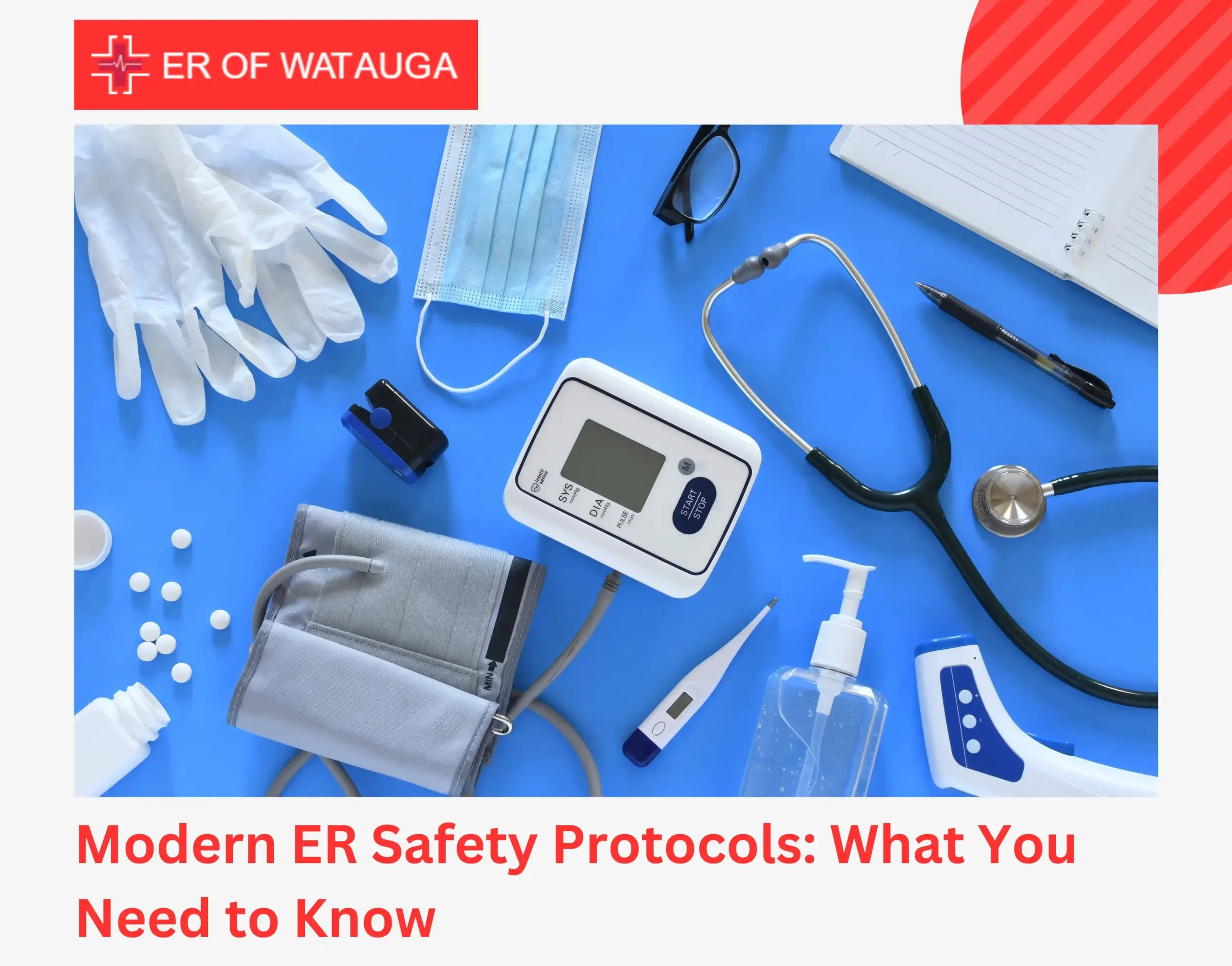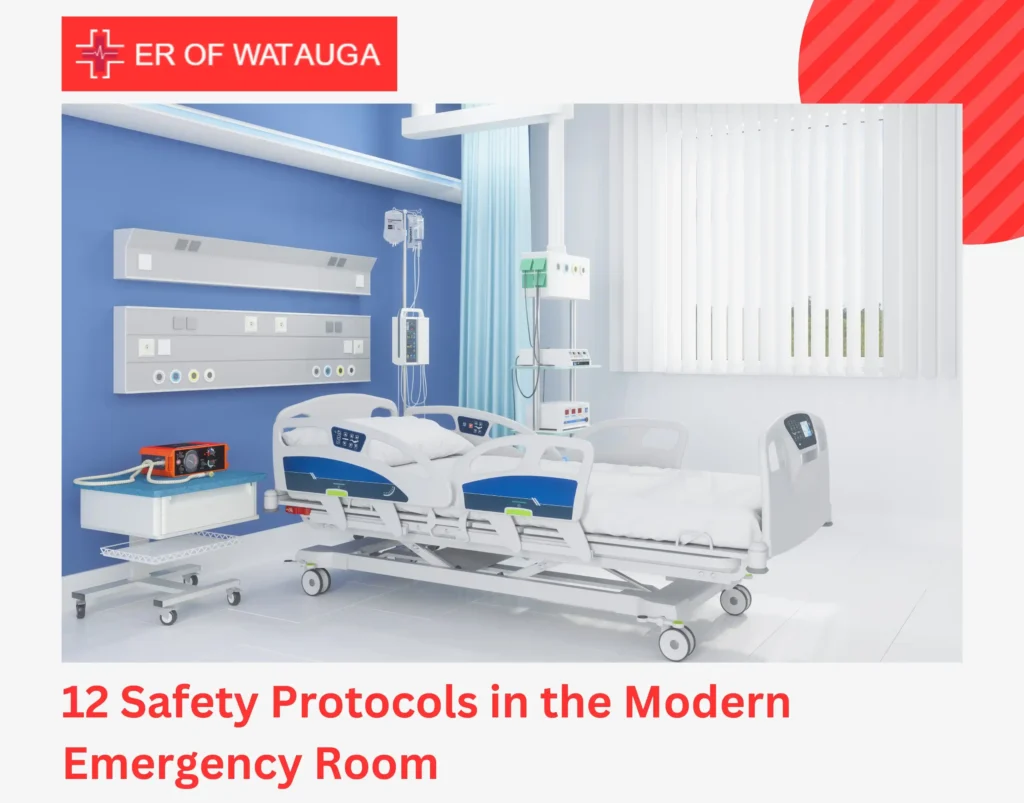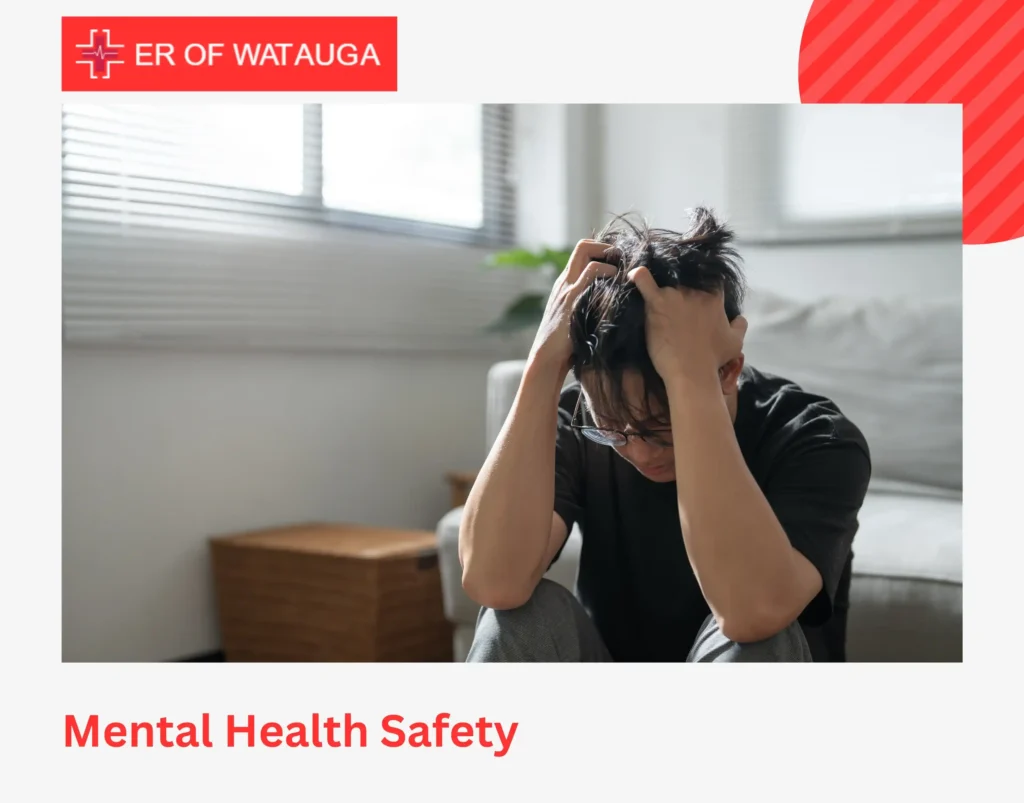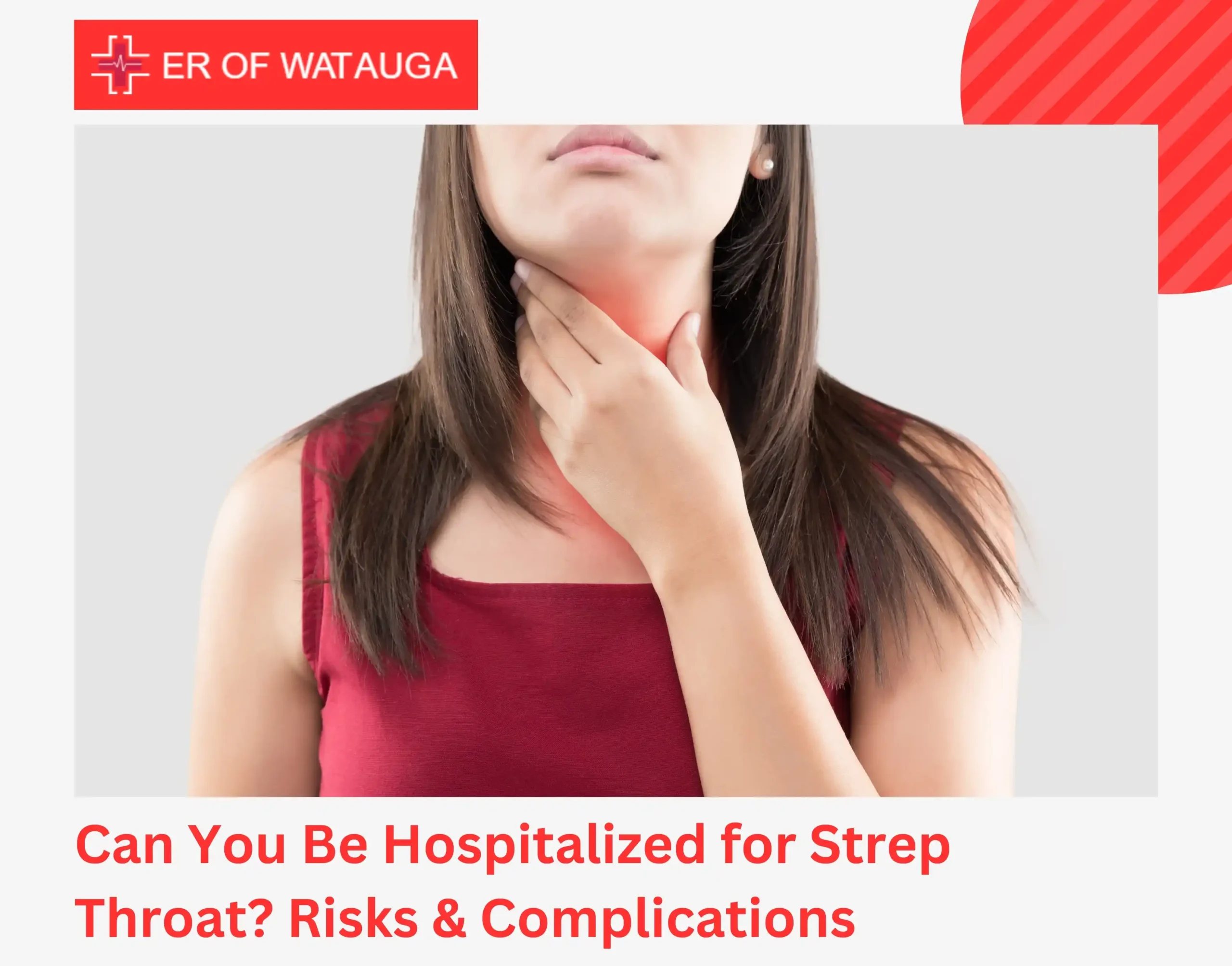My mom has sudden chest pain. I need help fast before her heart is seriously damaged. Similar are the sentiments of people who are rushing to the emergency room with their loved ones in pain. In that moment, all you want is to feel safe and know that someone is in control of the chaos.
That’s exactly what safety protocols in the modern emergency room are built for. They’re like lifelines, making sure that even in high-pressure, fast-moving situations, nothing important is missed and both patients and staff stay protected.
Here’s what you need to know about safety protocols in the modern emergency room and how they’re keeping you safe.
12 Safety Protocols in the Modern Emergency Room
Here are seven hospital safety measures that reduce risks and improve response during emergencies.
1. Rapid Triage Protocol
Triage is a way an emergency room decides who gets help first. In the ER, it’s not “first come, first served.” It’s “worst come, first served.” If you have chest pain and can’t breathe, you’re going in fast. If you’ve had a sprained ankle for a week, you may need to wait a bit.
A trained nurse at the front checks heart rate, breathing, pain level, and other symptoms, and makes fast decisions based on how urgent the problem is.
This safety protocol in the modern emergency room saves lives. It means a heart attack gets treated before a headache and that’s exactly how it should be.
2. Infection Prevention & Control (IPC)
Infection Prevention and Control (IPC) are the measures taken to prevent the spread of infections. It involves a range of strategies like:
- Hand Hygiene: Regular handwashing with soap and water or alcohol-based sanitizers to prevent the spread of infections.
- Personal Protective Equipment (PPE): You’ve probably seen doctors in masks and gloves. Sometimes they wear full gowns and face shields too. This is all part of PPE that’s crucial for staff and patient safety.
- Isolation Protocols: Patients with infectious diseases (like flu, RSV, or COVID-19) are isolated to prevent the spread of germs.
- ER Hygiene: High-touch surfaces are sanitized frequently. Many ERs use UV light machines or electrostatic sprayers to disinfect entire rooms.
3. Electronic Health Records (EHR)
An Electronic Health Record is a digital version of your paper medical chart. It holds all the important stuff about your health like:
- Your past and current medical problems
- Medications you’re taking
- Allergies
- Lab results and imaging reports
- Vaccination records
- Surgeries (if any)
You end up in the ER, but you’re too sick or scared to remember your medication list. If your records are electronic, the ER staff can pull them up instantly. That can save time and even your life.
4. Medication Safety
In many modern ERs and hospitals, patients wear wristbands with a barcode on them. That barcode is linked to their electronic health record (EHR). These safety protocols in the modern emergency room ensure patients get the right medications and doses. Nurses scan both the patient and the drug before giving anything.
5. HIPAA (Health Insurance Portability and Accountability Act)
HIPAA is a U.S. law that protects your private health information. It makes sure your medical records, test results, and your visit to the ER isn’t shared with anyone. Hospitals and ERs use systems like:
- Password-protected computers and locked filing cabinets.
- Staff training to remind everyone not to talk about patients in public spaces.
- Secured medical records (paper or electronic).
If you go to the ER, you can trust that your information stays private.
6. Safe Handling of Hazardous Waste
There’re specific safety protocols in the modern emergency room to handle sharps and medical wastes.
- Biohazard bags: Anything soaked with body fluids goes into red-labeled, leak-proof bags.
- Spill kits: If something spills (like blood or vomit), trained staff clean it up using hospital-grade disinfectants, gloves, masks, and gowns.
- Special laundry procedures: Linens and gowns used by patients are treated as contaminated and sent to special medical-grade laundry services.
7. EMTALA (Emergency Medical Treatment and Labor Act)
EMTALA is a federal law that requires emergency rooms to treat anyone who comes through the door, even if they don’t have insurance or can’t pay. This law ensures that the staff follow triage procedures based on medical needs, not financial status.
8. Mental Health Safety
Behavioral health emergencies have increased sharply in recent years. Here’s how the ERs are equipped to handle psychiatric crises:
- Separate calming areas: Some ERs have special quiet, low-stimulation rooms for patients in mental health distress.
- Specialized teams: Behavioral health specialists and psychiatric nurses are often on-site or on-call.
- Suicide precautions: Patients at risk are carefully monitored, belongings are screened, and care is coordinated with mental health providers.
9. Disaster Preparedness
Texas faces natural disasters like hurricanes and floods. Disaster safety protocols in the modern emergency room include:
- Back-up generators for power
- Extra supplies and equipment are ready to go
- Pre-planned roles: who runs triage, who handles communication, who manages the surge of patients
10. Visitor Management and Security
Working in an ER can be physically and emotionally intense. Patients might be bleeding, screaming, unconscious, or scared. The following safety protocols in the modern emergency room protect both staff and patients from violent incidents:
- Staff training on how to handle aggressive or confused patients
- Panic buttons or silent alarms in high-risk areas
- Security personnel in the ER around the clock
- Security cameras and monitoring systems to ensure safety and security
11. Technology That Spots Trouble Sooner
Some ERs use advanced monitoring systems that can detect signs of trouble before it’s obvious to the human eye. For example:
- Smart monitors that track oxygen levels, heart rate, and blood pressure in real-time, alerting staff when numbers dip.
- Remote monitoring for certain patients allows nurses to watch multiple rooms from a central station.
- Predictive analytics: Some hospitals utilize software that helps anticipate which patients may decline based on subtle trends in their vitals or lab results.
12. Safe Discharges and Follow-Up
Your care doesn’t end when you leave the ER. Doctors give clear instructions about what to do next. This includes which medications to take, warning signs to look for, and who to call if things worsen.
Some emergency rooms also follow-up calls or virtual visits to ensure you’re healing well.
Final Thoughts
Emergency rooms are busy places, but that doesn’t mean safety takes a back seat. Safety protocols in the modern emergency room are built to handle chaos with precision. Global guidelines, research, and modern training have made emergency rooms like ER Coppell safer and more efficient.
We are ready to help you 24/7 with advanced safety protocols.
FAQs
1. Are Electronic Health Records (EHRs) secure?
Emergency rooms use strong cybersecurity tools like encryption and secure passwords to protect EHRs. EHRs are generally safer and more secure than paper charts, which can be lost, damaged, or accessed by mistake.
2. Is the emergency room safe during an outbreak or flu season?
Yes, modern ERs follow strict infection control protocols year-round, especially during flu season or outbreaks like COVID-19. This includes isolating contagious patients, constant cleaning with hospital-grade disinfectants, and protective equipment for both staff and visitors.
3. How do I know I’m getting the right medication in the ER?
Most ERs use barcode scanning systems and electronic health records (EHRs) to double-check your medication, allergies, and correct dosage before anything is given. This reduces medication errors and increases patient safety.
4. Can my personal health information be shared without my permission?
No. ERs follow HIPAA laws to protect your privacy. Your records are securely stored, and only authorized healthcare providers involved in your care can access them.
5. What if I don’t speak English well—can I still get help in the ER?
Yes. Hospitals are required to provide language interpretation services, whether in person, by phone, or video. You understand what’s happening and can make informed choices.
6. Are my kids’ records also protected under HIPAA?
Yes. Pediatric patients also have protected records. But depending on age and the type of care, parents or guardians may still have access.









